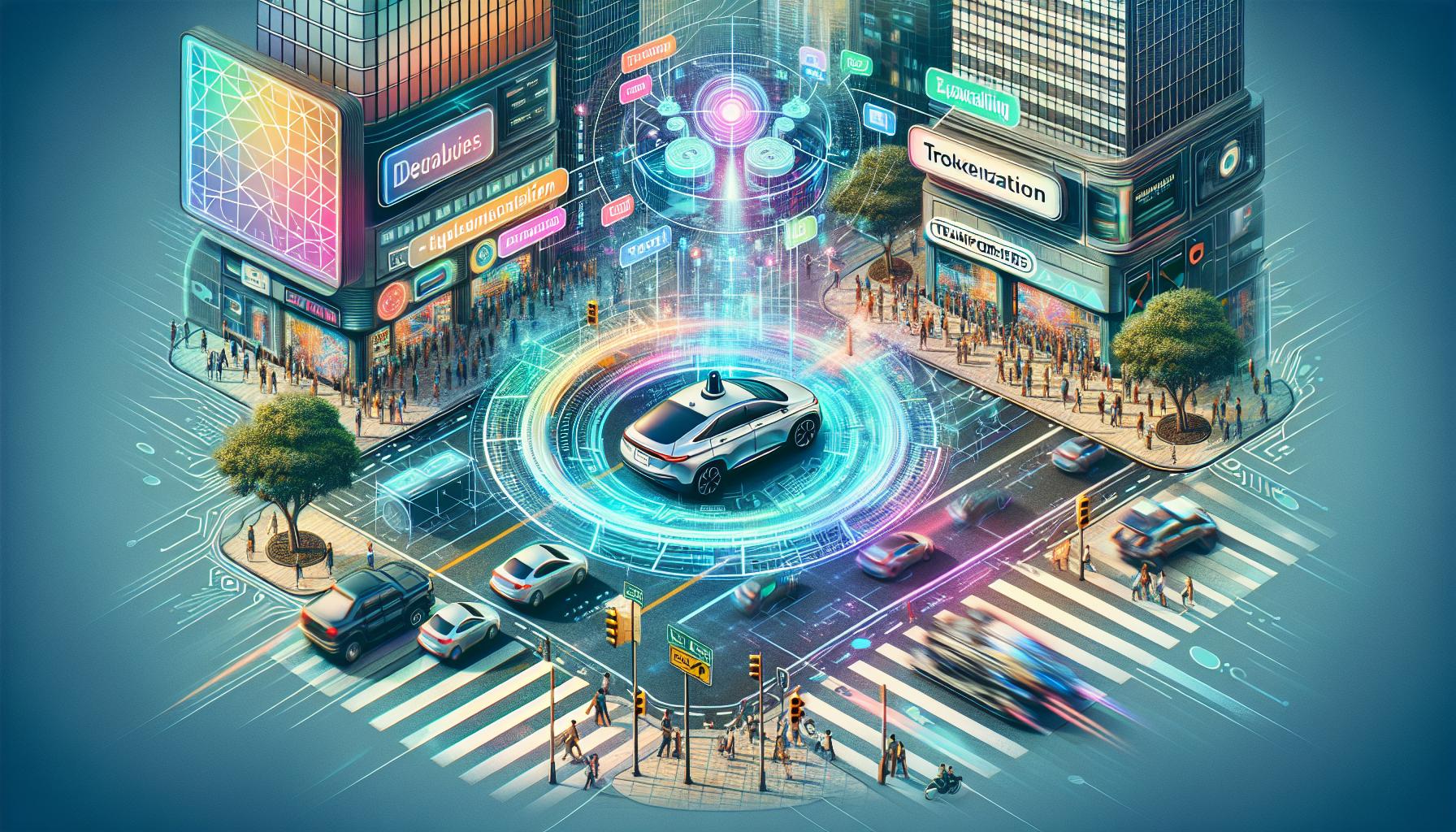Could LLMs Finally Make Self-Driving Cars Happen? An In-Depth Analysis

Introduction
Self-driving cars have long been the focus of intense research and development. The traditional modular approach has involved separate systems for Perception, Localization, Planning, and Control. However, the advent of Large Language Models (LLMs) brings a new realm of possibilities and challenges, potentially heralding a seismic shift in autonomous driving technology.
The Traditional Modular Approach vs. End-to-End Learning
Conventional self-driving systems rely on a series of modules. Perception handles the identification and interpretation of environmental data. Localization determines the vehicle's position relative to its environment. Planning charts out a route or trajectory, and Control executes the driving commands.
In contrast, end-to-end learning aims to streamline these processes into a single neural network that predicts the necessary actions based on raw inputs like camera feeds. Despite its promise, this approach often faces difficulties such as model transparency and debugging issues.
Understanding Large Language Models
LLMs like GPT-3 and GPT-4 have displayed extraordinary capabilities in text generation and understanding. Key concepts in LLMs include Tokenization and Transformers. Tokenization converts text into manageable numerical units, while transformers process these tokens to generate outputs like next-word predictions or image descriptions. The transformative power of LLMs could be leveraged for various sub-tasks in self-driving cars, potentially addressing some of the end-to-end learning challenges.
Applications of LLMs in Self-Driving Cars
Perception
LLMs can process and describe sequences of images or video feeds, akin to object detection systems. Models such as Chat-GPT-4 Vision can perform these tasks, providing a descriptive methodology to identify and understand objects in an image, thereby enhancing the Perception module.
Planning
The adaptability of LLMs in decision-making can be extended to trajectory planning. Innovative models like Talk2BEV utilize language-based reasoning to enhance Bird's Eye View (BEV) perceptions, making more informed path-planning decisions.
Generation
Generative models, such as Wayve's GAIA-1, open up compelling new avenues for self-driving car R&D. These models can create videos from text and image inputs, thus providing a resource for generating training data and simulating diverse driving scenarios.
Challenges in Using LLMs for Autonomous Driving
Despite their promise, LLMs present significant hurdles. One primary concern is the black box problem, where the internal decision-making process of the models remains opaque, making it difficult to debug and verify decisions. This lack of transparency undermines trust, especially concerning safety-critical applications like autonomous driving.
LLMs are also prone to model hallucinations and unexpected behaviors, posing additional risks. Further research is essential to transition from theoretical applications to real-world implementations.
Future Research Directions
For self-driving technology to truly harness the potential of LLMs, several steps must be undertaken:
Further Understanding
Engineers should delve into the core principles of LLMs within the context of autonomous driving, particularly focusing on transformer networks and Bird's Eye View networks. Understanding these underlying technologies is crucial for developing robust applications.
Practical Application
Hands-on experience is indispensable. Engineers should engage actively with LLMs in self-driving scenarios, including experimenting with repositories such as Talk2BEV and similar open-source projects.
Continued Learning
Staying updated with the latest research and developments, building foundational skills in auto-encoders and transformer networks, and participating in specialized courses and communities are essential for gaining deeper insights and expertise.
Specific Questions Explored
What Specific Advancements Are Required to Resolve the Black Box Problem in LLMs for Autonomous Driving?
To mitigate the black box problem, advancements in model interpretability and explainability are crucial. Techniques such as Layer-wise Relevance Propagation (LRP) and Shapley values could be explored to provide insights into how decisions are made within the model. Additionally, hybrid systems that combine LLMs with rule-based approaches could enhance transparency while benefiting from the flexibility of learning models.
How Do Models Like Talk2BEV Integrate Human Behavior Data for Better Decision-Making in Autonomous Driving?
Models like Talk2BEV enhance decision-making by incorporating language-based reasoning with traditional BEV perceptions. These models can be trained on large datasets that include human driving behaviors, allowing them to generate more nuanced and contextually relevant trajectories. The integration of human behavior data ensures that the decisions made by the model align more closely with how a human driver would respond to similar scenarios.
What Are the Primary Drawbacks of Using Bird's Eye View Networks in Self-Driving Car Systems Compared to Other Perception Methods?
While Bird's Eye View Networks provide a comprehensive overview of the vehicle's environment, they have significant limitations. One drawback is the potential loss of depth information, as the 2D representation may not accurately capture three-dimensional spatial relationships. Additionally, the computational complexity involved in generating BEV maps can be resource-intensive, posing challenges for real-time applications.
Conclusion
The fusion of LLMs with self-driving car technology holds immense promise, albeit with several hurdles to overcome. As research continues and technology evolves, LLMs could play a pivotal role in perfecting autonomous driving. However, addressing the inherent challenges such as the black box problem and ensuring robust, transparent decision-making will be vital for their successful integration.
About the Author: Jérémy Cohen, a self-driving car engineer and founder of Think Autonomous, promotes understanding of cutting-edge technologies like self-driving cars and computer vision. Recognized in the field for his contributions, Cohen offers educational resources and insights to engineers worldwide.




